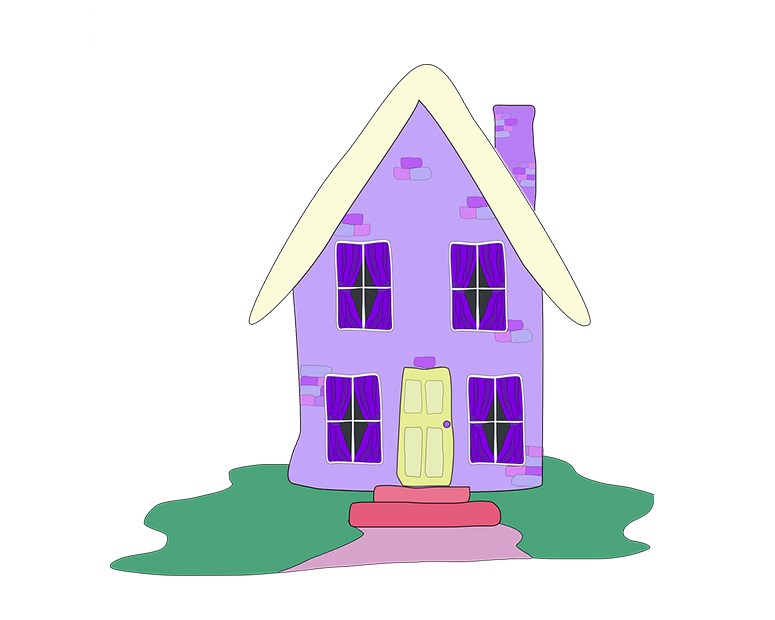By the end of Year 4, students interact with the teacher and peers to share personal information about aspects of their lives, such as experiences, everyday routines and leisure activities, for example, عمري تسع سنوات؛ أنا مولود في أستراليا؛ أتيت إلى أستراليا وأنا صغير في الصباح أستيقظ باكراً؛ أنام في الساعة...؛ بعد المدرسة... في المساء... أذهب مع عائلتي إلى المتحف؛ البحر؛ الحديقة العامة؛ السوق؛ ألعب الرياضة بعد المدرسة؛ أحب كرة القدم؛ آخذ دروساً في الباليه. They use formulaic expressions when interacting, such as giving and following instructions, asking for repetition, planning shared activities and completing simple transactions, for example, من فضلك أريد المساعدة؛ أن أذهب إلى الحمام؟؛ هل أستطيع أن؛ من فضلك هل يمكن أن تعيد الكلمة؟ الجملة؟ ؛ . They use features of Arabic pronunciation and intonation when speaking and reading aloud. Students locate and classify information relating to familiar contexts and present it in modelled spoken, written and visual texts. They describe characters, events and ideas and express opinions about favourite elements in imaginative texts, and use formulaic expressions, for example, في يوم من الأيام؛ كان هناك , and modelled language to create short imaginative texts. They use vocabulary related to school, home and everyday routines, for example, الدراسة؛ التعليم؛ فروضي؛ مواد المدرسة؛ غرفة النوم؛ غرفتي/ غرفة أخي؛ المطبخ؛ الطابق العلوي أستيقظ من النوم؛ أتناول الفطور؛ أستقل الباص؛ أكمل واجبات المدرسة؛ أشاهد التلفاز؛ أقرأ الكتاب. Students use key grammatical forms and structures in simple spoken and written texts, such as word order, singular and plural forms of regular nouns and adjectives, personal and possessive pronouns, for example, كتاب/كتب؛ غرفة/غرف؛ صف/ صفوف؛ صديق/أصدقاء,أنتَ/أنتِ؛ هو/هي/هم؛ كتابي/ كتبي؛ غرفتي/غرفة أخي؛ مدرستي؛ مدرستنا , and prepositions such as في البيت؛ إلى المدرسة؛ بين الملعب والسّاحة؛ أثناء الدرس؛ بعد العشاء؛ قبل النوم. Students translate familiar and frequently used language relating to familiar environments and create simple bilingual texts for the classroom and school community. They describe how language involves behaviours as well as words and share their own experience as background speakers as they interact with others.
Students identify and use Arabic sound and writing patterns, for example أ؛ ئـ؛ ء؛ ؤ؛ والياء؛الألف المقصورة ى , including combining letters to form words, vocalisation, and features of individual syllable blocks such as التنوين: إشترى أبي بيتاً؛رأيت كلباً؛ في بيتي غرفٌ . آكل؛ آمل؛ آسف؛. They identify the features and structure of different types of texts, for example, العنوان؛ الحبكة؛ النهاية القافية؛ فعل الأمر؛ الجمل؛ القصيرة أدوات الحوار؛ الأدوار في الحوار؛ . They identify similarities and differences between various Arabic dialects and explain how meaning can be influenced by gestures and tone. Students provide examples of how the Arabic language has changed over time and identify words and expressions in Arabic that have emerged from contact with other languages and vice versa. They compare language use and cultural practices in Arabic-speaking communities and in the wider Australian context, identifying culture-specific terms and expressions, particularly those related to special occasions, for example, كيفية الإحتفال في المناسبات؛ زيارة الأهل في الأعياد؛ الإحتفال بأعياد الميلاد


